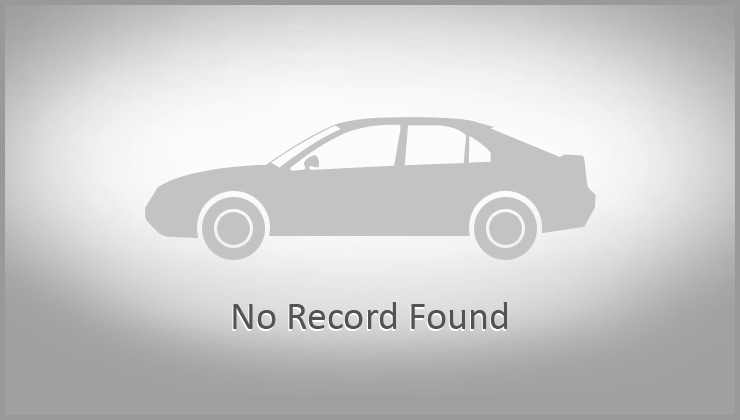Audi S5 3.0 For Sale From UK At Reasonable Price
Correct and Controlled Tire Pressure To Drive Audi s5 3.0 for sale is Inevitable
Correct tire pressure in Audi s5 3.0 for sale allows us to obtain a better mileage and to have a better road holding. They are both important factors to minimize the possibility of being involved in a traffic accident. In addition, tires with perfect pressure also allow for lower fuel consumption when using the car. In fact, if the tire is not worn and has the correct pressure for the brand and model of the car you are driving, it is able to substantially reduce fuel consumption.
Control Tire Pressure
To control the correct tire pressure is not simply a good idea for saving fuel consumption but it is also, and above all, a good rule that can potentially save your life. Most motorists often forget to check the tire pressure of their car until something goes wrong or they are involved in an accident. The truth is that the tires lose pressure every day. As temperatures drop in winter, a tire in good condition loses about 0.1 / 0.2 percent points of air, preodically. During the summer, the air loss is even greater due to the high temperature of the road surface and the sun. This is both while driving and when parking in an outdoor parking lot. That's why it is advisable to check the air pressure inside the tires every time you go to a service station.
Correct Pressure To Drive
An Audi s5 3.0 price payer and/or driver need to know, it is also good to remember that many vehicles have different pressures on the front and rear axles. Do not forget to check the correct pressure also in the spare wheel. In times of need, it is always good that this additional wheel has the correct pressure to drive safely. In many cases, due to carelessness or forgetting, the pressure of this spare wheel is always lower than that indicated to allow safe driving. In addition to having to be in the structural and wear conditions required by law, a tire must also be at the right pressure, otherwise, its footprint on the road may be deformed. Too small if the tire is excessively swollen or too large - and easily deformed - if the pressure is too low.
Probable Consequences
The consequences of too low tire pressure are less road holding with a tendency to skid; less effective braking and longer stopping distances; a greater risk of ‘aquaplaning’ (car not controllable in the wet); overheating of the tire with irregular wear; increase in fuel consumption. Too much tire pressure is also dangerous and with consequences, such as less adhesion to the asphalt and therefore less resistance; greater wear of the tread, especially in the central part. The correct tire pressure depends on the vehicle and the type of tire. It is reported on the use and repair-booklet and often also on adhesive labels placed in the door compartments, for greater convenience. It is indicated and measured in a bar.


